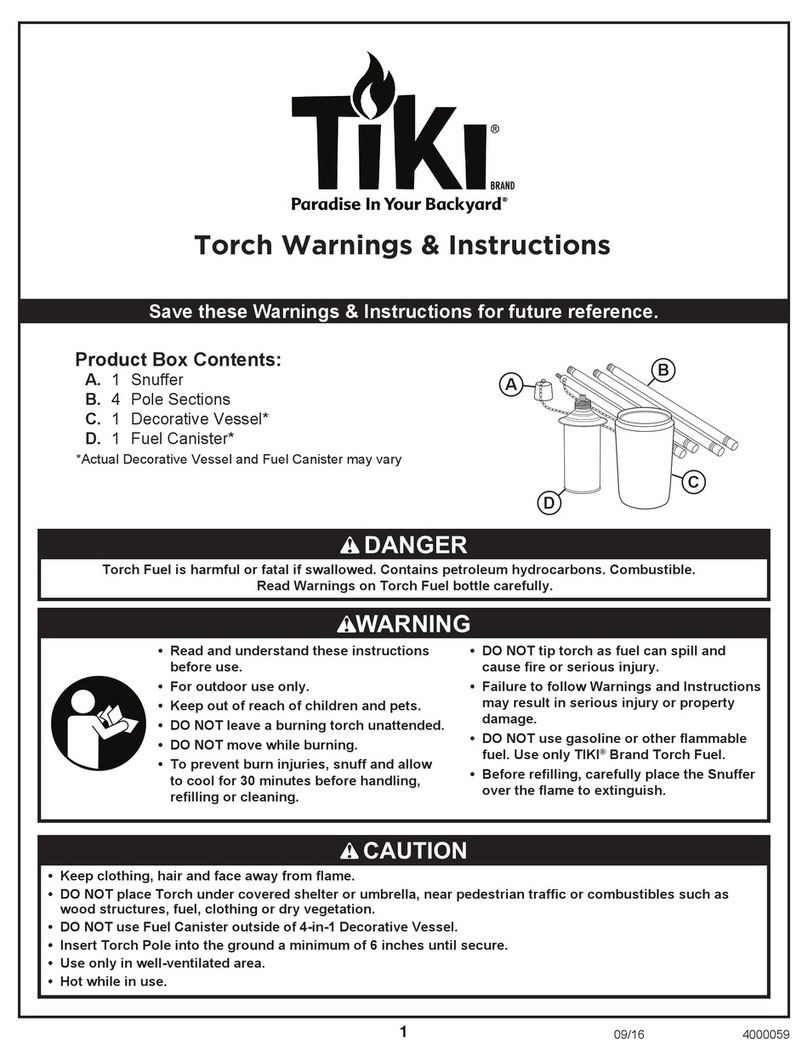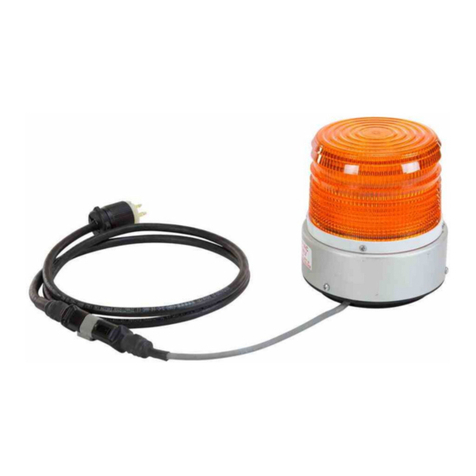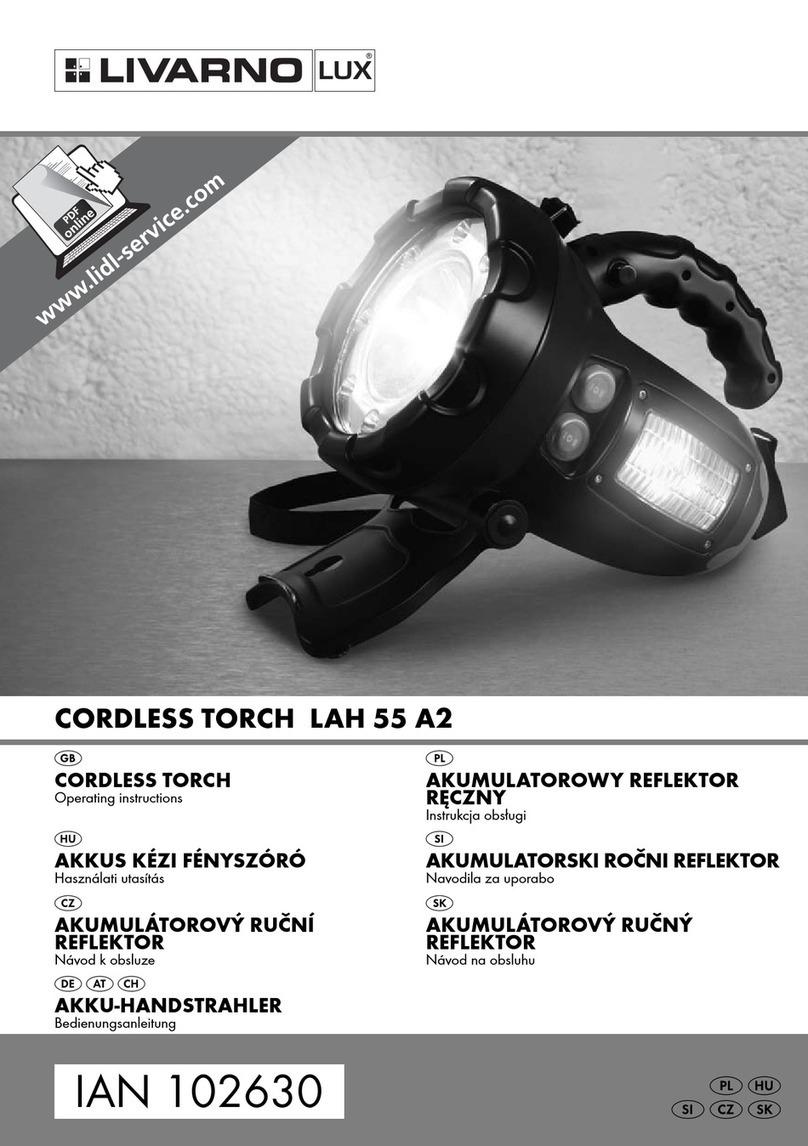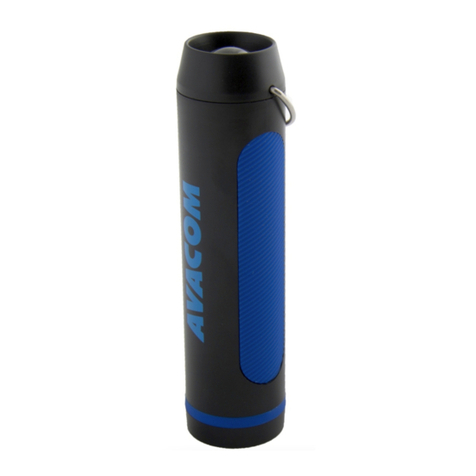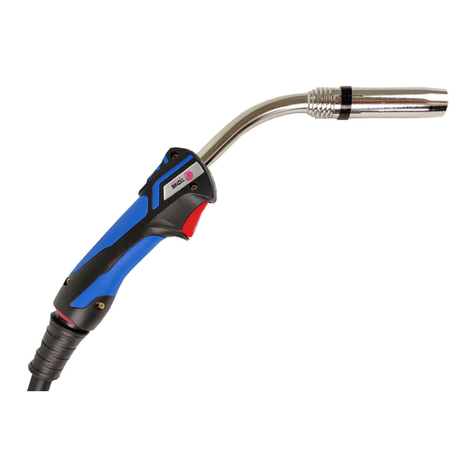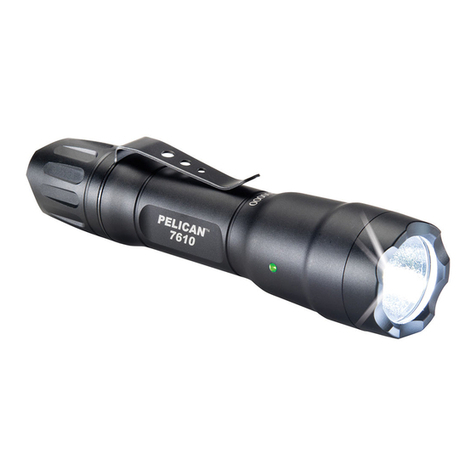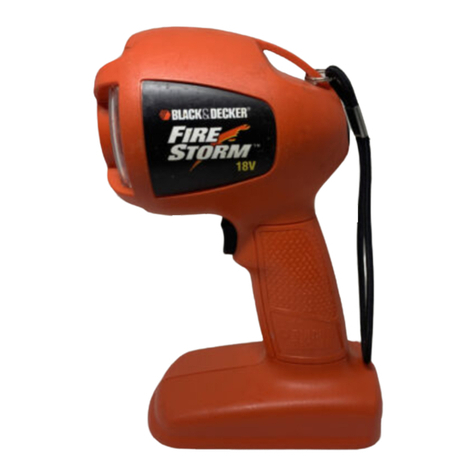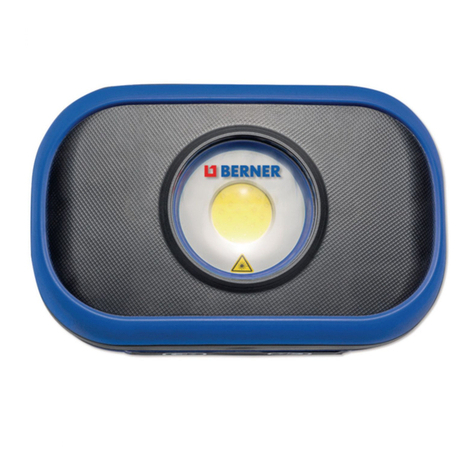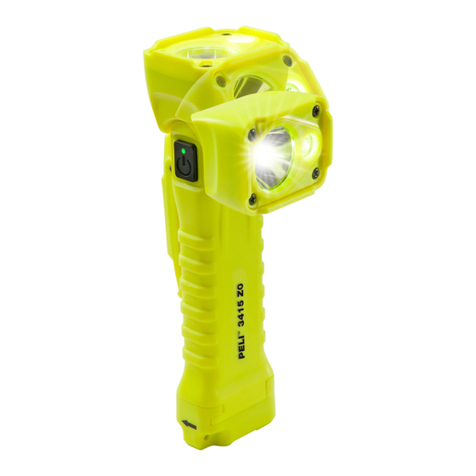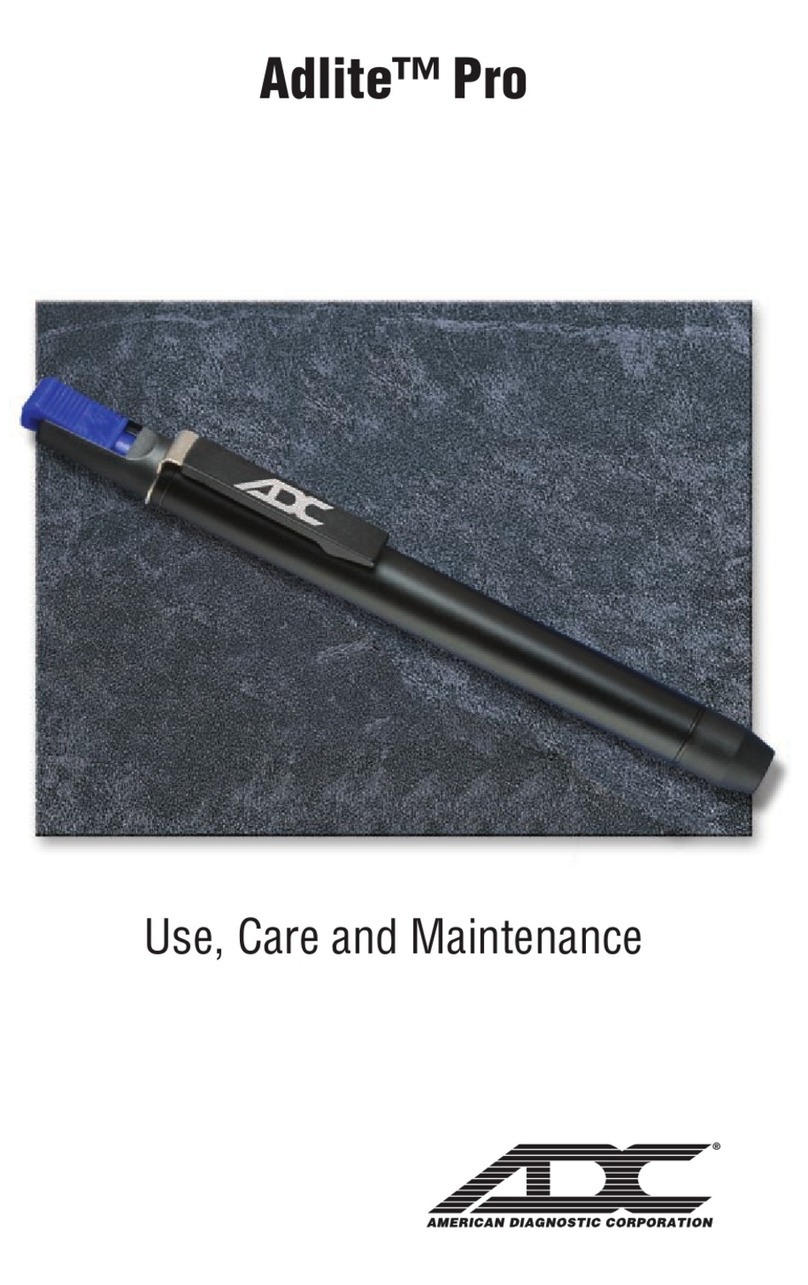
b. Never use the equipment unless you are familiar with acceptable industrial welding and cutting
procedures and practices.
c. Always use this equipment following generally accepted industrial safety procedures and practices.
d. Always apply and adhere to ANSI/ASC Z49.1-88 Safety in Welding and Cutting standards, or
similar locally prevailing standards when using this equipment.
e. Never remove, cover, or alter the warning labels attached to this equipment.
f. All users and their supervisory personnel must read and be thoroughly familiar with these operating
instructions prior to using this equipment.
g. Never modify this equipment in any manner or use it in any way not specified in this manual.
1-4. SAFETY PRECAUTIONS.
Failure to heed these safety precautions may result in death, severe bodily injury, or severe property
damage. Protect yourself and others. Fumes and gases developed may be dangerous to your health.
Ultra-violet rays and splatter can injure eyes and exposed skin. Electric shock can kill. Oxygen
reacts explosively when mixed with oil or grease.
a. Always clear the work area of flammable materials.
b. Always clear the work area of bystanders.
c. The operator and all bystanders must always wear adequate protective (flame and/or spark
resistant) clothing, footwear, and gloves when using this system.
d. Never operate this equipment without proper face and eye protection. Always use a number 5 or 6
shade filter.
e. Always use the Leather Shield to protect yourself from sparks and splatter.
f. Always remove all personal metal items (i.e., rings, watches, etc.) when working with the torch as
they can trap sparks and slag causing a severe burn and damage to the item.
g. Always keep your head away from the fume plume.
h. Always use adequate ventilation and exhaust at the arc point to keep fumes and gases from your
breathing zone as well as the general area. Special breathing apparatus must be used when
welding or cutting galvanized, cadmium plated (or other heavy metal plated), or painted parts to
avoid inhalation of toxic fumes and gases.
i. Always keep the ignited tip of the cutting rod away from the oxygen cylinder, battery, and oxygen
hoses.
j. Always use extreme caution when operating the torch in windy or other adverse conditions.
k. Never allow falling sparks or molten metal to contact any part of the torch kit. Damage may result
which could render the equipment unsafe to operate.
l. Always use caution when cutting overhead to avoid falling sparks, molten material, and falling
objects.
